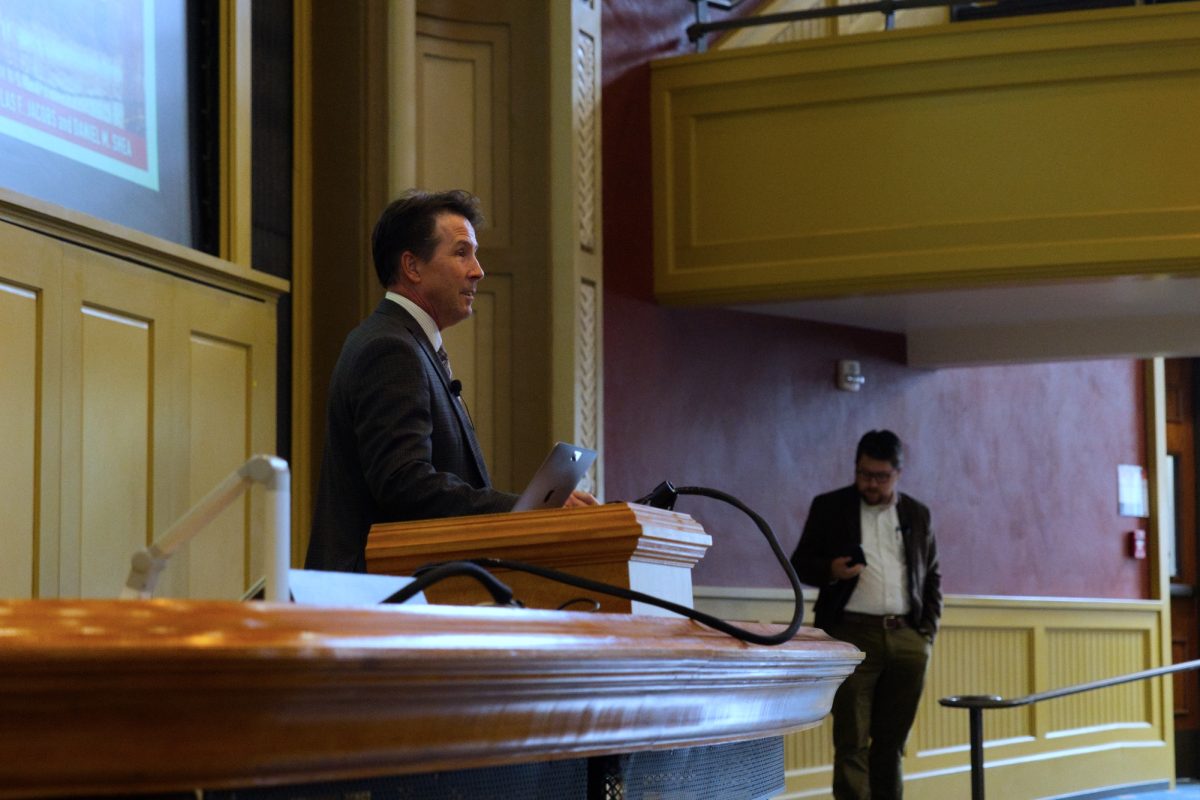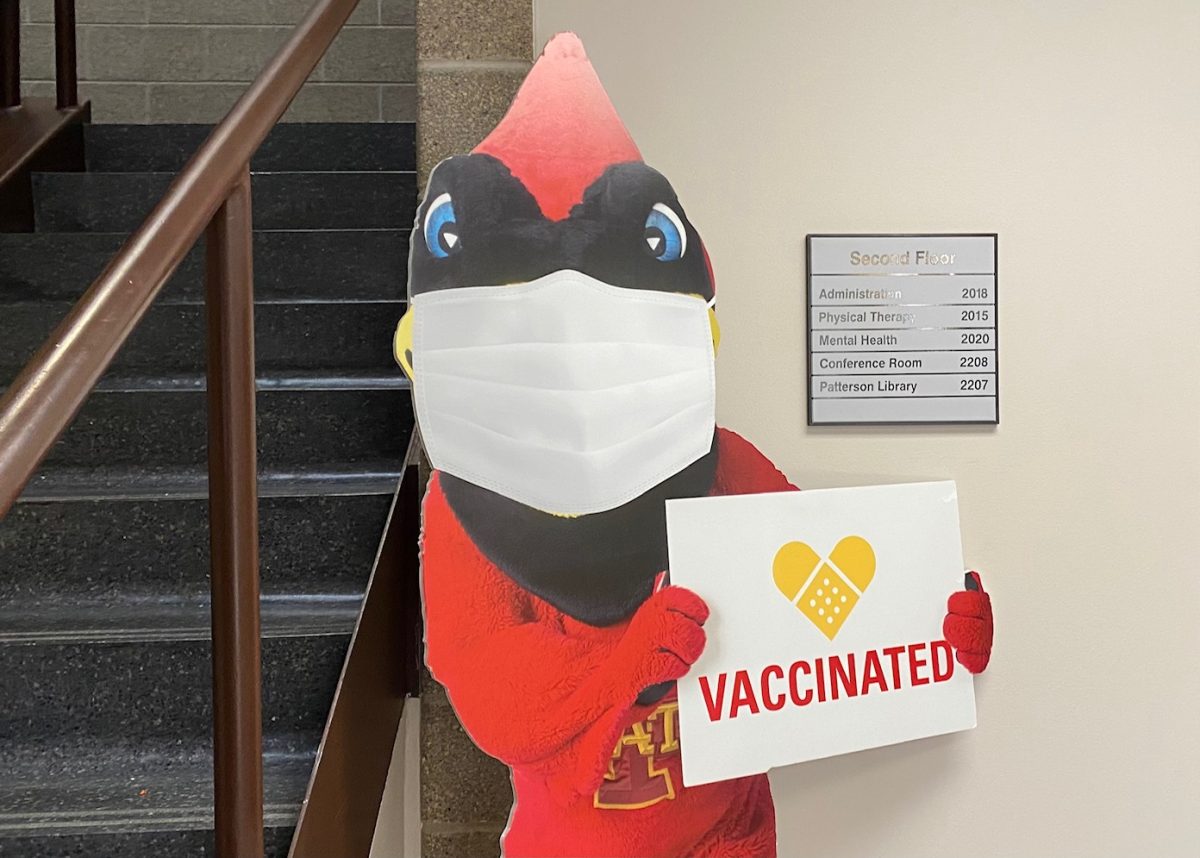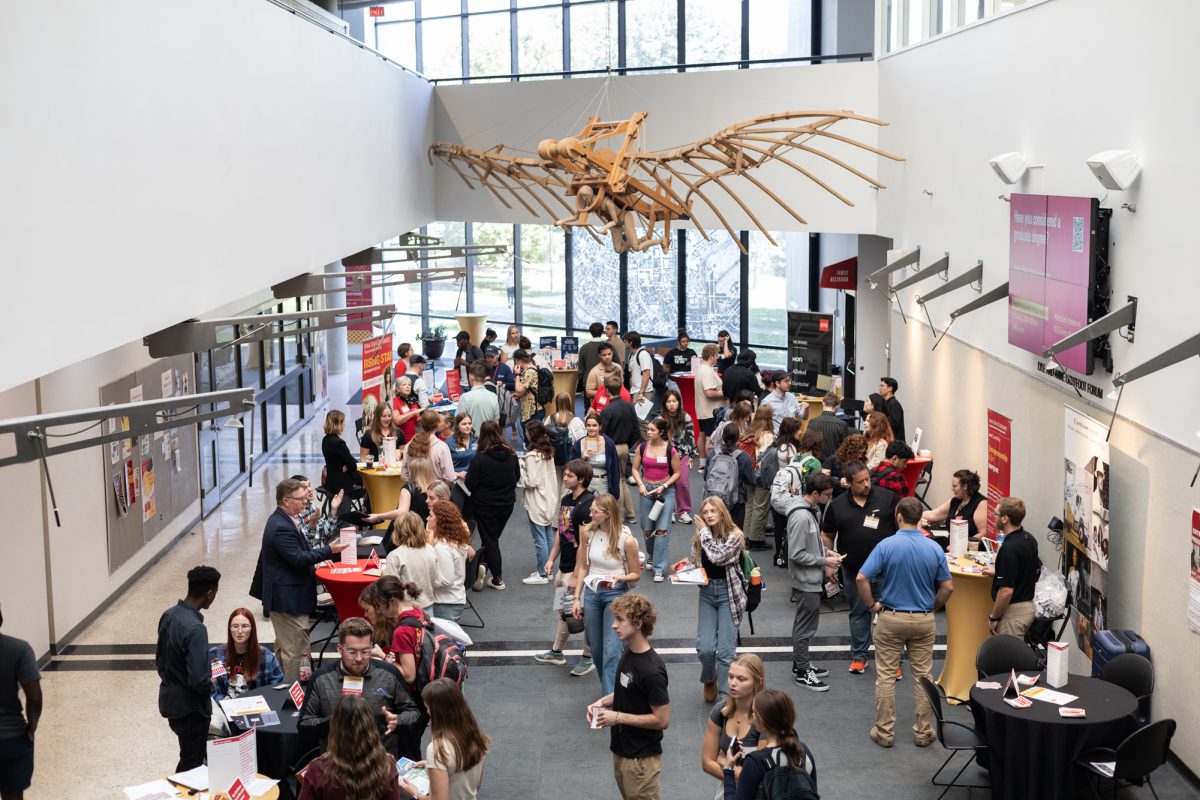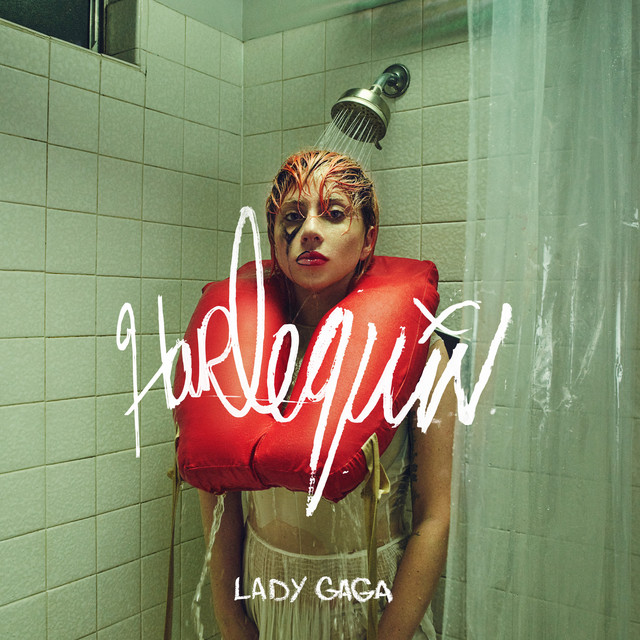Set down ‘People’ and make a difference
September 21, 1998
The depletion of the ozone layer is like that lump you’ve noticed growing under your arm that frightens you so badly you decide never to ask your doctor about it. See no evil, hear no evil. In the meantime, isn’t it more enjoyable to read about “cigars and fellatio,” watch the human freak parade on your afternoon “talk” show and soak in some nice, warm sitcoms?
Here’s an excerpt from some literature about the ozone layer: “CFCs, so carefully created with the best of intentions, are actually Frankenstein’s monsters that threaten their creators and, in fact, all life on earth.”
Granted, it’s terrifying to think that “all life on earth” is threatened, but the point I’ve been trying to make in this weekly column is that an informed public is an empowered public. We can change things for the better when we know about them. Therefore, we shouldn’t give our ratings, time, or dollars to media sources that do not inform us. When people are educated about situations, they desire to act. They seek to improve things, and believe it or not, they actually begin to care.
Instead, masquerading as news, O.J., Di and their ilk are offered as mere diversion from the sense of powerlessness many of us feel. We know that some situations are desperately bad, but they seem distant and unsolvable.
We seek refuge in pseudo-news, gossip, and entertainment. “Twin catastrophes threaten us, both arising from the accumulation in the atmosphere of compounds of carbon: depletion of the ozone layer, due chiefly to the chlorofluorocarbons; and the greenhouse effect, due to methane, chlorofluorocarbons and most of all, carbon dioxide.”
We would rather not face certain truths. Who wants to hear that the polar ice caps are going to melt someday in the discernible future, flooding coastal areas and killing millions? It’s a very sobering thought. Besides, 400-pound transvestite hookers are shouting insults at one another on Channel 15, and it’s way more fun to watch people debase themselves than to read about looming catastrophes “that may never happen.” That is what people tell themselves: “These things are not real.”
Certain parties cheerfully help them go on believing that. For instance, big media, representing the interests of their owners, often present the “greenhouse effect” as if it were controversial. They quote so-called “scientists” who debate the seriousness of these very real threats to all things biological. Because many people are not really “up to speed” on greenhouse gasses or the holes in the ozone, they are inclined to believe the comforting words of these bought-and-paid-for hacks. The legitimate scientific community regards them as seriously as the gang at “Cheers” would regard Cliff Clavin claiming he saw Elvis strolling the streets of Boston, wrapped in the Shroud of Turin.
But these environmental threats are quite real. “The hole in the ozone shield over the Antarctic continues to grow … there have been indications that severe depletion is occurring over the Arctic as well.”
In case you’re wondering, the information I’ve been quoting in this column is not from literature disseminated by the Green Party, Earth First or “Hippies-R-Us.” This information can be found in Morrison & Boyd’s “Organic Chemistry” (1992, Prentice Hall), which is foisted on growing, young minds by that radical left-wing organization, the Chemistry Department at Iowa State University of Science and Technology.
In response to my last column, some people asked me if I was joking about “sheep going blind from grazing under a sun once thought to be benevolent.” This is exactly what I’ve been talking about: We’re so ill-informed about the world in which we live that we don’t know the truth when we hear it.
The answer is “YES,” sheep are, in fact, going blind in different parts of the world. Which parts of the world? Curiously enough, it’s in the southernmost regions (New Zealand, Chile, Australia), where those “loopy cut-ups,” the scientific community, and their “wacky machines” tell us that the unfiltered rays of the sun are shining down through a growing hole in the earth’s ozone layer.
In Australia, on a field trip to the beach, teachers and students are dressed in gear that covers them from head to toe.
I saw this on the Discovery Channel, and I thought I was watching science fiction. On that same program, I learned that one out of every three Australians is expected to get skin cancer at some point in his/her life. This is considerably higher than reports I read several years ago, which indicated that skin cancer rates were up a “mere” 35 percent.
The situation is real. It is here. I suggest we set down “People” magazine and our remote controls long enough to learn what we can do about it.
James O’Donnell is a graduate student in painting, drawing and printmaking, from Mesa, Ariz.






